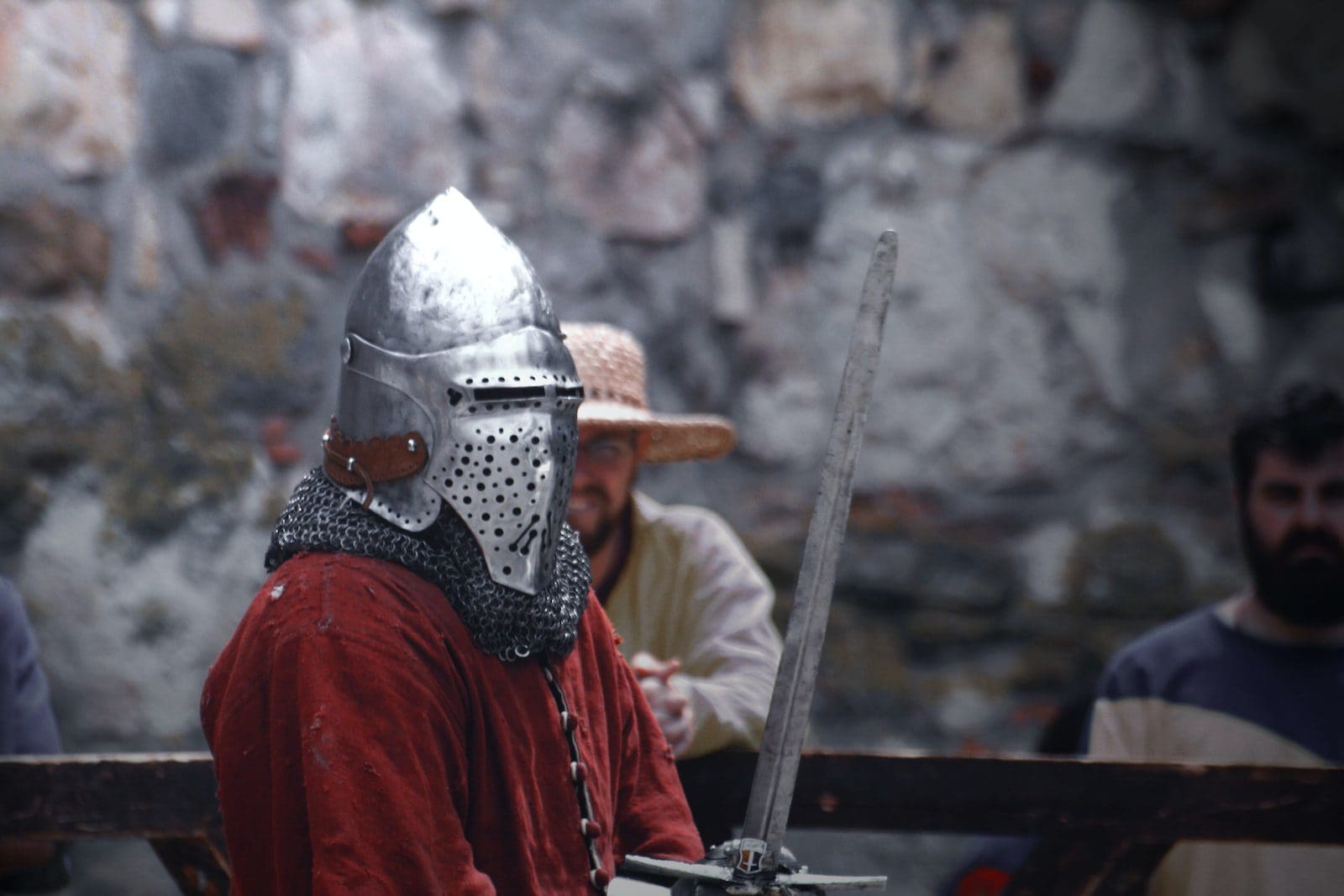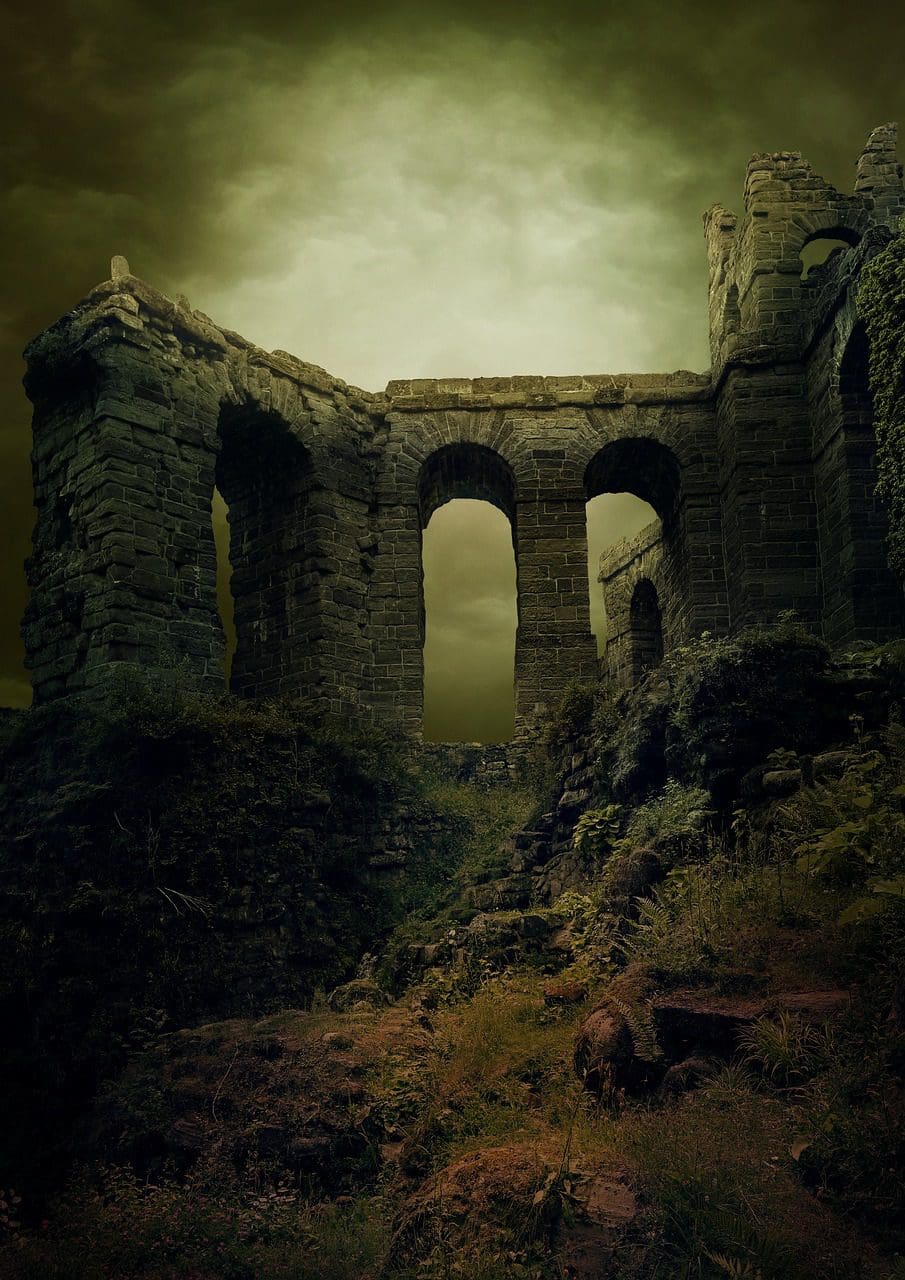The human culture of the modern world, as we know it, has been shaped and brought to the current state after many years of development. Development is one side of the coin.
The other side is characterized by a stagnant period, where prosperity apparently seems to be absent.
Key Takeaways
- The Middle Ages spanned from the 5th to the 15th century, while the Dark Ages primarily encompassed the 5th to the 10th century.
- The Dark Ages is a term used to describe a period of cultural decline, while the Middle Ages saw both decline and progress.
- The Middle Ages featured the development of Gothic architecture, the rise of universities, and the emergence of nation-states, whereas a decrease in knowledge and innovation marked the Dark Ages.
Middle Ages vs Dark Ages
Middle Ages is a broad term used to describe the period of European history from the 5th century to the 15th century, characterized by the growth and development of Western European civilization. Dark Ages is a more specific term used to describe the early part of the Middle Ages, from the 5th to the 10th century, which is characterized by a lack of historical records, political instability and economic decline.

The Middle Ages were a period that began in the 5th century and lasted till the 15th century. During this period, the world went through many cultural and scientific changes.
There were many general developments in science, and the arts also observed a shift from traditional forms. This period observed vivid changes in culture.
The Dark Ages are a period or a part of the Middle Ages.
This particular period was very significant as there were no particular developments in the culture of the European societies, and hence this period is also known as “a period of supposed unenlightenment.” This period lasted from 400 to 1000AD.
Comparison Table
| Parameter | Middle Ages | Dark Ages |
|---|---|---|
| Time period | The Middle ages is a period of history that began in the 5th century and lasted till the 15th century | Dark ages is a part of the Middle Ages, roughly from 400AD to 1000AD |
| Cultural Developments | There were many scientific and artistic developments during the Middle ages | The Dark ages are characterized as having no significant developments |
| Stages | Middle ages are divided into three stages, Early, High, and Late middle ages | The dark ages refer to the early part of the middle ages. |
| Religious significance | There were many conflicts among the Protestants and Catholics | There were many Muslim conquests in this period |
| Cultural growth | The power of the church grew significantly | The period is known as the “period of supposed unenlightenment” |
What is Middle Ages?
The middle ages refer to a period in European history which began in the 5th century and lasted till the 15th century. This period is characterized by a great development in science and art and changes in people’s perspectives in general.
The Middle Ages are also known as the Medieval Ages.
This period of history observed a complete fall of the Roman Empire, and thusly, owing to the many conflicts between the Catholics and the Protestants, the centralised authority collapsed.
This resulted in many religious conquests and conflicts, resulting in a decline in the population of Europe. There was an overall counterbalance in power and this led to a great disturbance of peace and order.
The Middle Ages are divided into three periods, Early middle ages, High middle ages, and Late middle ages. The political structure of Western Europe underwent a gradual shift with the collapse of the Roman Empire.
There were mass migrations, military expeditions, and an overall influx of people from different parts of the world.
This led to a cultural mix, as people from different parts of Eastern and Central Europe brought in their traditions and customs, which greatly influenced the perspectives and ideologies of the people of Western Europe.

What are Dark ages?
The Dark Ages were a part of the Middle Ages, specifically the Early middle ages. This period of history is characterized by a great downgrade in the culture, as the contribution to science and arts during this time was significantly less.
This period began in about 400AD. During this time, the Roman Empire began losing power, and eventually, the empire completely collapsed. This created a counterbalance in power.
This absence of centralized governing authority led to a series of conflicts and conquests in the entire of Europe. The major conflicts were between the Catholics and the Protestants.
There were many conquests by the Muslims of Eastern Europe and Asia, and owing to these events, there was an economic decline.
The term was first coined by Italian scholar Petrarch, who regarded this period as a “Dark” or “unenlightened age” as opposed to the “Light” or “enlightenment period” of classical antiquity.
The constant squabble for political structure led to a decline in culture as there were no developments in sciences, nor any progress in the arts, which could also be explained by the overall economic decline.
Cultural and intellectual reforms were brought later, in the periods of the High and Late Middle Ages, but the Early Middle Ages were impacted heavily by the downgrade of the Dark Ages.

Main Differences Between Middle Ages and Dark Ages
- The Middle Ages were a period of great cultural, economic and intellectual shift, which lasted from the 5th century to the 15th century. The dark ages are a part of the Middle Ages, which began in the Early middle ages, from about 400AD and went on till 1000AD
- The Middle Ages are characterized by cultural and scientific developments, as different cultures brought different traditions, and thus the entirety of Europe observed a complete shift. The Dark Ages are characterized by a cultural and economic decline.
- During the Middle age, there were many religious conflicts between the Catholics and the Protestants after the fall of the Roman Empire. The Muslim conquest of Europe was observed during the Dark Ages.
- Owing to the conflicts during the Middle age, the power of the church grew significantly. Due to the constant conflicts during the Dark Ages, there was an overall decline in the economy.
- The Dark Ages are also known as the age of supposed unenlightenment. The crisis of the Late Middle Ages led to the Renaissance period of great enlightenment.

- https://books.google.com/books?hl=en&lr=&id=pRquTvwtGIgC&oi=fnd&pg=PA4&dq=middle+ages&ots=UCvHaYxy-i&sig=Npk8cbzhfd9L4GZK-hEDOkrWHtY
- https://www.journals.uchicago.edu/doi/pdf/10.2307/2856364

The human culture has evolved over time, and it’s fascinating to study these historical periods to understand the progression and challenges faced by humanity.
I couldn’t agree more. It’s essential to recognize the significant developments and conflicts that shaped the modern world.
The Middle Ages and Dark Ages had a profound impact on cultural, religious, and political aspects, influencing the contemporary societies.
Studying the cultural and religious dimensions of the Middle Ages and Dark Ages enhances our comprehension of the complexities and transformations in the socio-political landscape of that time.
Absolutely, the impact of these historical periods reverberates in the philosophical and ideological frameworks of today’s societies.
The convergence of historical events and their consequences during the Middle Ages and Dark Ages is pivotal in understanding the trajectory of human civilization.
The comparative examination of the Middle Ages and Dark Ages unveils the intricate historical frameworks that delineate the vicissitudes of cultural, religious, and political transitions that have shaped human civilizations.
Absolutely, the nuanced understanding of these historical epochs resonates in the contemporary socio-political paradigms and cultural frameworks.
The comparison between the Middle Ages and Dark Ages provides valuable insights into the historical context and the transition of power and influence during these periods.
Absolutely, the socio-political dynamics of the Middle Ages and Dark Ages shed light on the complexities of that era and its implications for our present world.
The Middle Ages and Dark Ages signify critical junctures in human history, and examining their contrasting dynamics provides profound insights into the evolution of cultures and paradigms.
Absolutely, the socio-cultural shifts and religious paradigms during these periods laid the foundation for subsequent socio-political structures.
Exploring the multifaceted dimensions of the Middle Ages and Dark Ages offers a comprehensive perspective on the intricate interplay of cultural, religious, and political forces in shaping human civilizations.
Absolutely, the historical evolution during these periods underscores the underlying factors that have influenced societal structures and ideological frameworks.
Indeed, the comparative analysis of the Middle Ages and Dark Ages illuminates the transformative dynamics of bygone eras and their enduring legacies.
The socio-political and cultural ramifications of the Middle Ages and Dark Ages are pivotal in discerning the intricate tapestry of historical progress and transformative influences.
Indeed, the interplay of religious and cultural transitions during these periods contributed significantly to the shaping of contemporary societies.
The distinction between the Middle Ages and Dark Ages helps us understand the nuances of historical narratives and their impact on the development of cultures and societies.
Indeed, the religious conflicts and transitional phases of governance in these periods have far-reaching effects that resonate in modern-day social structures.
The historical retrospection of the Middle Ages and Dark Ages acquaints us with the convoluted tapestry of human progression and the enduring echoes of bygone epochs in contemporary societies.
Absolutely, the comprehensive analysis provides valuable insights into the evolutionary trajectory of human societies and the enduring legacies of historical transitions.
The historical accounts of Middle Ages and Dark Ages unfold the enigmatic nature of past civilizations, offering profound insights into the divergent pathways of cultural, religious, and political evolution.
The discourses surrounding the Middle Ages and Dark Ages unravel the complexities of historical transitions and their enduring significance in contemporary societies.
Absolutely, the dichotomy of contrasting cultural and ideological dynamics during these historical epochs enriches our understanding of the human narrative.